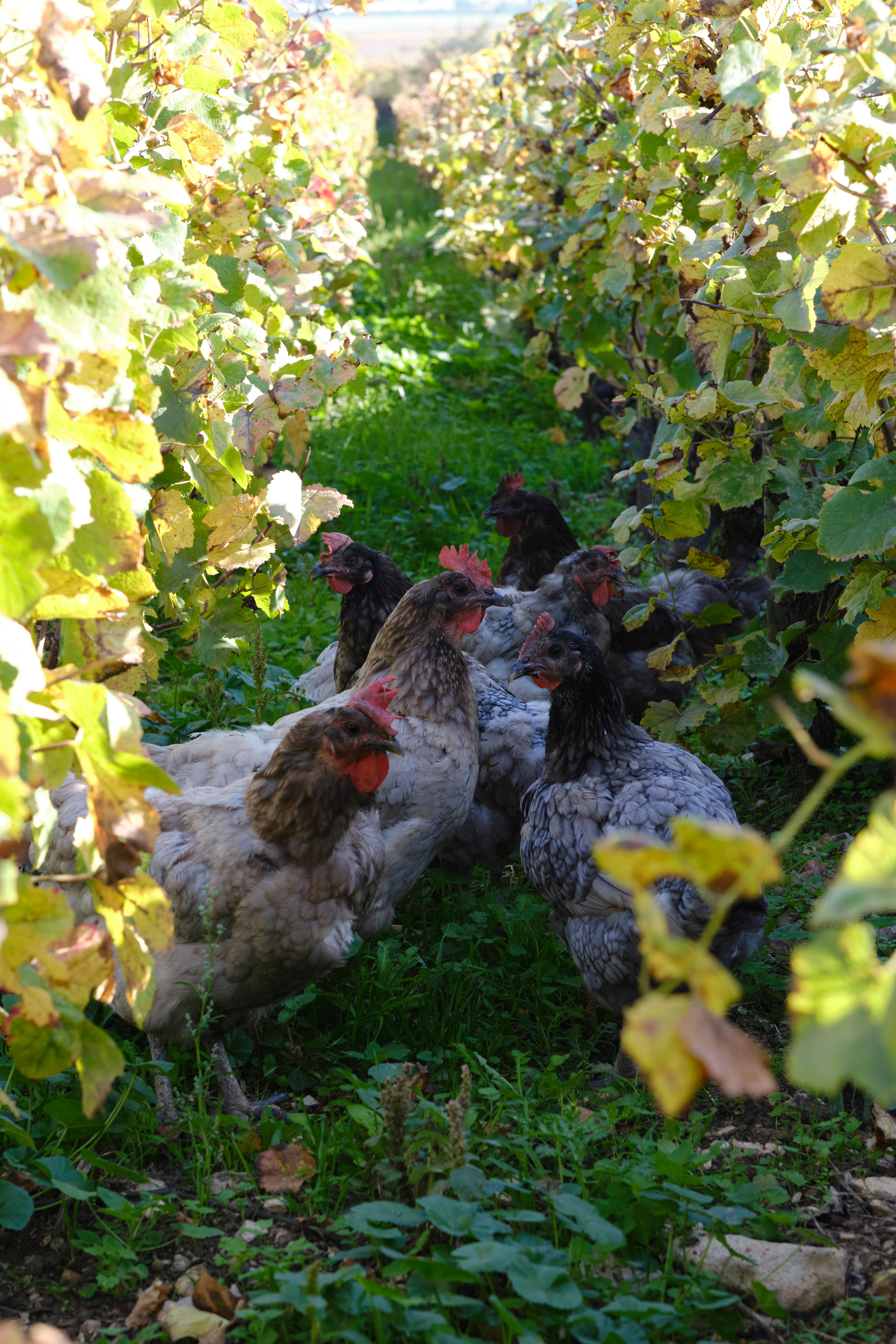
The query of “pure” wine is among the many trade’s most contentious. All people has an opinion. However ought to we actually take into account wine in such polarised phrases? Nick Kemball from our Occasions workforce doesn’t assume so.
I as soon as heard somebody joke that if you happen to put 5 wine professionals in a room, you’ll find yourself with 10 opinions. Wine is a topic many individuals are captivated with. At its greatest, it serves as a centrepiece for dialog, with discussions flowing as freely because the contents of the bottle. However wine also can spark heated debates. And in my very own expertise, nothing will get wine fanatics extra fired up than the query of “pure” versus “typical” winemaking.
There’s a fantastic divide within the wine trade, it appears – one the place it typically looks like you must decide a facet. I bear in mind telling a tutor that my Coravin (a wine preservation system) didn’t work as effectively for the pure wines I used to be promoting on the time. Their response, or at the least the PC model of it: “Properly, that’s your personal fault for working with pure wines.” Although mentioned tongue-in-cheek, this displays a typical sentiment within the trade.
However, drinkers of pure wine would argue that the extra intervention that takes place – components, or mechanical processes like filtering – the extra indifferent the wine turns into from its origin.
There are legitimate arguments in each camps. But it surely’s additionally too advanced and nuanced a subject to strategy with a black-and-white perspective. And must you actually have to choose a facet?
Organics and biodynamics
The time period “pure” primarily refers back to the winemaking course of, resembling avoiding components. It says little about how the grapes had been grown. Being natural or biodynamic isn’t a requirement for pure winemaking, although most pure winemakers will undertake these practices.
Organics is a straightforward sufficient idea to get one’s head round. It primarily signifies that chemical fertilisers, fungicides and herbicides are forbidden (or, extra precisely, “managed”, as some should still be permitted in natural viticulture).
The identical is true of biodynamics, although it is a holistic strategy to farming that views the winery as an organism in its personal proper: what’s eliminated by viticulture have to be replenished within the type of therapies. One such therapy is Preparation 500, which consists of cow manure buried in a horn. For traditionalists, there’s additionally a facet of biodynamics that considers cosmic actions and their results on the vine’s cycle – one motive, maybe, why biodynamics is commonly dismissed as junk science. However no matter one’s view on these barely much less tangible ideas, the worth of minimising chemical use of the winery, whereas additionally revitalising it, can’t be understated.
Whether or not a producer is venturing down the natural or biodynamic route, the necessities could differ relying on their location, and there are a couple of certifying our bodies to select from: each Biodyvin and Demeter supply biodynamic certification, for instance. Normally, they contain fairly a inflexible framework and with a prolonged and dear conversion course of.
In areas with tougher, disease-prone climates, like Bordeaux, it’s a big sacrifice to tie one’s colors to the mast of organics or biodynamics. In these areas, winemakers could resolve to undertake these rules with out following them to a “t”. By doing so, they forfeit the suitable to label their bottles as natural or biodynamic.
This has led to barely muddied waters, the place its generally accepted for a winemaker to say they “apply” natural or biodynamic farming with out certification. Many producers discover these certifications too prescriptive. As proficient Burgundy vigneron Benjamin Leroux places it: “If biodynamics is handled like a recipe, it doesn’t work.”
Making wine naturally
There aren’t many guidelines in terms of pure winemaking – although there have been makes an attempt at certification, most notably with Vins Méthode Nature in France. Actually the time period “pure” refers to a generally agreed set of practices.
First: utilizing wild yeasts discovered naturally on grapes and within the air (reasonably than “business” yeast from a packet) to transform sugar to alcohol. The intention of that is often producing extra advanced and assorted aromas, an idea acquainted to any sourdough bakers. Second: minimising components and preservatives, like sulphur dioxide, to stop the wine from tasting sterile (or, in excessive sufficient portions, like sulphur). And third: avoiding processes like fining or filtration, to retain flavour and texture.
What’s attention-grabbing is that, in isolation, these practices are usually not as contentious as you would possibly assume, even among the many most basic wines of the world. Bordeaux Labeled Growths like Château Palmer have just lately adopted wild-yeast fermentations, whereas main Burgundian producers like Domaine de la Romanée-Conti and Domaine Dujac have been utilizing them for so long as could be remembered. It’s additionally fairly widespread to minimise sulphur to boost a wine’s fragrant profile. At Camille Giroud, winemaker Carel Voorhuis reduces sulphur on the crushing stage to supply wines with extra open, beneficiant aromatics. Nonetheless, he stays resolutely “not into the vin nature factor”.
Fining and filtration are often talked about in the identical breath. However winemakers like David Ramey, Californian Chardonnay guru, level out that these two processes shouldn’t be joined on the hip. Fining is a method that makes use of components (like egg white, casein from milk merchandise or bentonite clay) to take away undesirable particles by binding with them and settling out. Ramey views filtration as rather more industrial: passing wine by a porous medium, typically nice sufficient to take away micro organism and yeast. And it’s definitely compelling to see what this balanced strategy can obtain. Ramey’s Chardonnays possess an unimaginable steadiness of wealthy texture in opposition to nice, clear and exact flavours.
Navigating the center floor
A colleague just lately talked about to me that, though sceptical about pure winemaking, he seen it as a power for good. It is a perspective I can relate to: being discerning in a single’s tastes, whereas recognising that pure winemaking methods can improve high quality – albeit with a higher threat of issues going unsuitable. I’m positive the talk will pervade the trade for some time longer, and I’ll discover myself in one other heated dialog round a dinner desk. However with so lots of the world’s most interesting wines discovering their place within the center floor, why select a facet?
Browse our vary of licensed natural wines.


